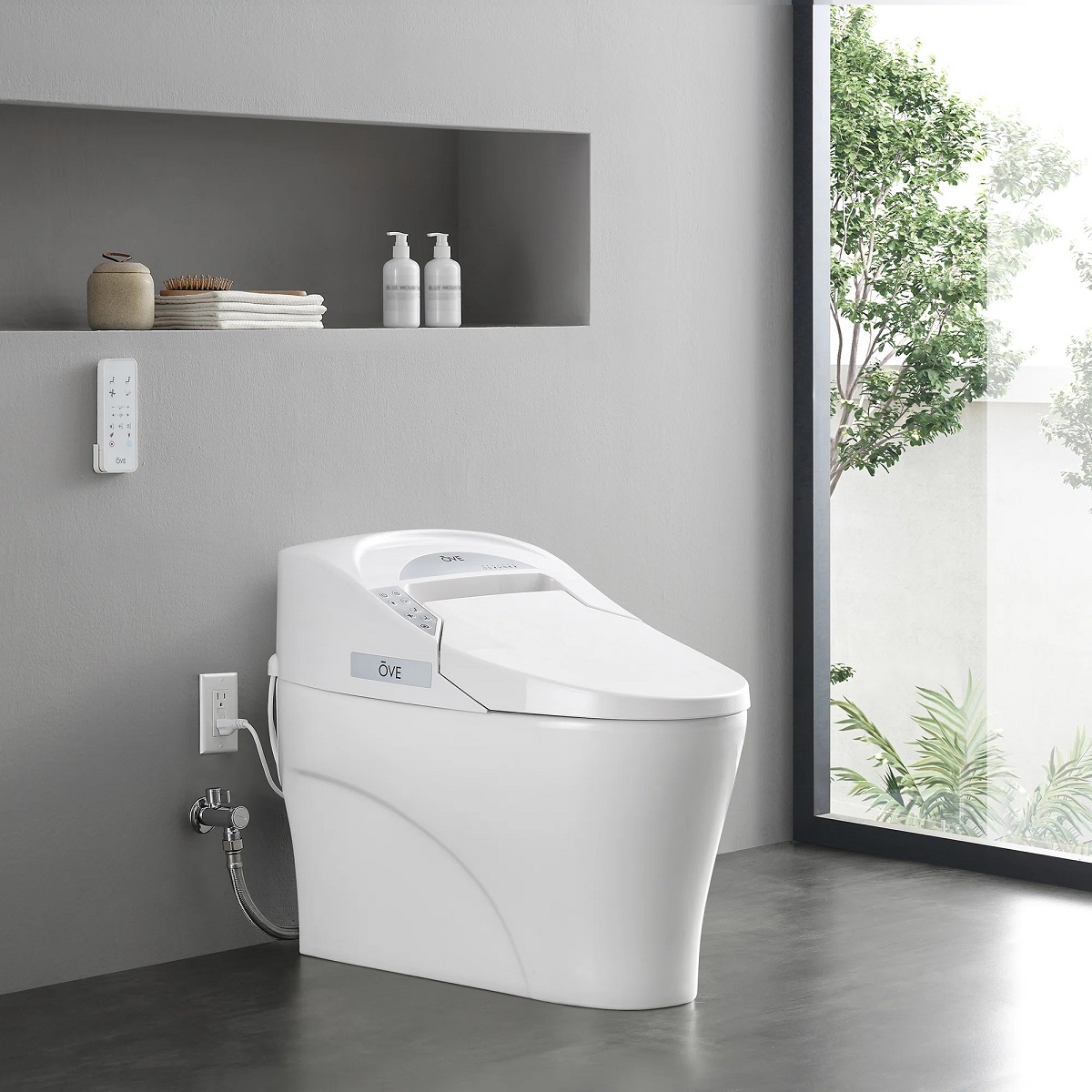

Articles
How To Use A Bidet Toilet
Modified: January 6, 2024
Learn how to use a bidet toilet with our comprehensive articles. Improve your hygiene and experience the benefits of this modern bathroom fixture.
(Many of the links in this article redirect to a specific reviewed product. Your purchase of these products through affiliate links helps to generate commission for Storables.com, at no extra cost. Learn more)
Introduction
Welcome to the world of bidet toilets, where cleanliness and comfort meet innovation. While bidets have been used for centuries, bidet toilets offer a modern twist on this hygienic solution. At first glance, bidet toilets may seem daunting or unfamiliar, but once you understand their benefits and how to use them effectively, you’ll wonder how you ever lived without one.
A bidet toilet, also known as a washlet or a shower toilet, combines the functionality of a toilet and a bidet in one sleek unit. It offers the convenience of a regular toilet with the added bonus of a built-in bidet feature. Instead of using toilet paper, bidet toilets use water to cleanse and refresh after using the restroom.
So why should you consider using a bidet toilet? The reasons are plenty. Not only does it provide a more thorough and gentle clean, but it also promotes better personal hygiene, reduces the use of toilet paper, and can help alleviate certain health issues. Bidet toilets are also eco-friendly, as they contribute to water conservation by using less water compared to traditional toilet paper usage.
When it comes to bidet toilets, there are various types available on the market. Some models are standalone bidet toilet units, while others are bidet seat attachments that can be installed onto existing toilets. There are also bidet toilet seats with advanced features, such as heated seats, adjustable water pressure, and even air dryers. The type of bidet toilet you choose will depend on your preferences, budget, and the existing plumbing setup in your bathroom.
Installing a bidet toilet may seem like a complex task, but with the right guidance, it is a manageable DIY project. In the following sections, we will explore the various types of bidet toilets and guide you through the installation process, as well as provide tips on how to use a bidet toilet correctly and maintain its hygiene.
Let’s explore the world of bidet toilets and discover the many benefits and conveniences they offer. Whether you’re new to bidets or looking to enhance your current bathroom setup, this comprehensive guide will equip you with the knowledge and confidence to embrace this innovative hygiene solution.
Key Takeaways:
- Experience the revolution of personal hygiene with bidet toilets, offering superior cleanliness, reduced environmental impact, and customizable comfort. Embrace the benefits for a cleaner, greener, and more sustainable future.
- Bidet toilets provide a modern twist on personal hygiene, promoting improved cleanliness, reduced reliance on toilet paper, and customizable comfort. Elevate your bathroom experience and contribute to a cleaner, greener future.
Read more: How To Use A Bidet Toilet Seat
What is a bidet toilet?
A bidet toilet is a revolutionary bathroom fixture that combines the functionality of a toilet with the cleansing benefits of a bidet. It provides a convenient and hygienic solution for post-toilet cleansing, offering a more thorough and refreshing experience compared to using toilet paper alone.
Traditionally, bidets were separate fixtures located next to the toilet. They featured a basin or a bowl with faucets that released a gentle stream of water to clean the genital and anal area after using the toilet. However, bidet toilets take this concept to the next level by integrating the bidet functionality directly into the toilet itself.
Bidet toilets typically feature a control panel or a remote control that allows users to adjust the water temperature, pressure, and spray pattern to suit their preferences. Some models also include additional features like heated seats, air dryers, deodorizers, and even nightlights for added convenience.
When using a bidet toilet, the user remains seated on the toilet after finishing their business. Instead of reaching for toilet paper, they activate the bidet function, which releases a gentle stream of water to cleanse the targeted areas. The pressure and temperature of the water can be adjusted according to personal preference, providing a customized and comfortable cleaning experience.
The use of a bidet toilet promotes improved personal hygiene. It helps to effectively remove any remaining residues or bacteria, leaving you feeling fresh, clean, and confident. The gentle and soothing water stream also prevents irritation or discomfort that can occur with rough toilet paper.
Furthermore, bidet toilets are often equipped with advanced features such as self-cleaning nozzles, which ensure optimal hygiene and prevent the spread of bacteria. Many models also utilize water-saving technology, using only a fraction of the water required for traditional toilet paper usage while achieving superior cleanliness.
Overall, bidet toilets offer a multitude of benefits, including enhanced cleanliness, improved personal hygiene, and environmental sustainability. They have gained popularity worldwide as individuals recognize the advantages of this innovative bathroom fixture.
In the following sections, we will explore the different types of bidet toilets available and explain how to install and use them correctly. We will also address common concerns and provide maintenance tips to ensure a long-lasting and satisfying bidet toilet experience.
Why use a bidet toilet?
Using a bidet toilet offers several compelling advantages that make it a worthwhile addition to your bathroom. Let’s explore some of the key reasons why people choose to use bidet toilets:
- Improved cleanliness and hygiene: Perhaps the most compelling reason to use a bidet toilet is the enhanced level of cleanliness and hygiene it provides. The gentle stream of water effectively cleanses the genital and anal area, removing any residue or bacteria. This thorough cleansing leaves you feeling fresh, confident, and free from the discomfort that can occur with rough toilet paper.
- Reduced use of toilet paper: Bidet toilets significantly reduce the reliance on toilet paper. Not only does this save money in the long run, but it also has a positive impact on the environment. The manufacturing and disposal of toilet paper contribute to deforestation and waste. By using a bidet toilet, you can help reduce your ecological footprint and promote sustainability.
- Health benefits: Bidet toilets can offer certain health benefits, particularly for individuals who experience conditions such as hemorrhoids, itching, or sensitivity. The gentle stream of water provides relief and promotes healing without the risk of further irritation that can occur with traditional wiping methods. It can also be beneficial for those with limited mobility or conditions that make it difficult to clean effectively.
- Comfort and customization: Bidet toilets come equipped with various features that enhance comfort and customization. From heated seats to adjustable water temperature and pressure, you have the ability to personalize your cleaning experience. Additionally, some models even offer air drying, deodorizers, and nightlights to further enhance your comfort and convenience.
- Water conservation: Although bidet toilets use water for cleansing, they are designed to conserve water. Compared to the manufacturing and disposal processes involved in producing toilet paper, bidet toilets use significantly less water over time. This makes them an environmentally-friendly alternative and helps in water conservation efforts.
By embracing the use of a bidet toilet, you can experience a new level of cleanliness, comfort, and sustainability. Whether you’re concerned about hygiene, looking to reduce your environmental impact, or seeking relief from certain health conditions, a bidet toilet offers a comprehensive and practical solution.
In the following sections, we will delve into the different types of bidet toilets available and guide you on how to install and use them correctly. We will also address common concerns and provide maintenance tips to ensure a seamless and satisfying bidet toilet experience.
Types of bidet toilets
Bidet toilets come in various types and configurations, allowing you to choose the one that best suits your preferences and bathroom setup. Here are the most common types of bidet toilets:
- Integrated bidet toilets: Also known as all-in-one bidet toilets, these units combine a bidet and a toilet into a single fixture. Integrated bidet toilets have a built-in bidet feature, typically controlled by a panel or remote located on the side. They provide a seamless and compact solution, eliminating the need for a separate bidet fixture in your bathroom.
- Bidet toilet seat attachments: If you already have a traditional toilet that you’re happy with, you can opt for a bidet toilet seat attachment. These attachments are installed directly onto your existing toilet seat, transforming it into a bidet toilet. They often come with adjustable spray patterns, water pressure, and temperature settings, providing a customizable experience. Bidet toilet seat attachments are generally more affordable and easy to install.
- Bidet toilet seats: Similar to seat attachments, bidet toilet seats are designed to replace your existing toilet seat completely. These seats offer a more integrated and streamlined look compared to attachments. Bidet toilet seats come with a variety of features such as heated seats, adjustable water temperature, air dryers, and even remote controls for convenience.
- Portable bidet toilets: Portable bidet toilets are compact units that are portable and convenient to use. They are often used during travel or in situations where access to a traditional bidet or bidet toilet is limited. Portable bidet toilets typically consist of a container for water, a nozzle, and controls to regulate water pressure. They offer a hygienic alternative to toilet paper even when you’re on the go.
- Wall-mounted bidet toilets: Wall-mounted bidet toilets are mounted on the wall and have a separate fixture for the bidet functionality. These bidet toilets require additional plumbing and are a more permanent option. They typically offer a range of features, such as adjustable water pressure and temperature.
When choosing the type of bidet toilet that is right for you, consider factors such as your bathroom layout, existing plumbing, budget, and personal preferences. Each type offers its own unique set of features and benefits, allowing you to find the bidet toilet that best meets your needs.
In the next sections, we will guide you through the process of installing a bidet toilet, using it correctly, and maintaining its cleanliness and functionality.
How to Install a Bidet Toilet
Installing a bidet toilet may seem like a complex task, but with the right guidance, it can be a manageable do-it-yourself project. Here are the general steps to install a bidet toilet:
- Gather the necessary tools and materials: Before you begin, make sure you have all the tools and materials required for the installation. This may include a wrench, screwdriver, plumber’s tape, toilet seat attachments, or a bidet toilet seat, depending on the type of bidet toilet you have chosen.
- Prepare your bathroom: Before you start the installation process, turn off the water supply to your toilet. This is usually done by turning the shut-off valve located behind or near the toilet. Once the water supply is turned off, flush the toilet to empty the tank and remove any remaining water from the bowl.
- Remove the existing toilet seat: If you are installing a bidet toilet seat attachment or a bidet toilet seat, you will need to remove the existing toilet seat. To do this, locate the bolts or screws at the back of the toilet seat and use a wrench or screwdriver to loosen and remove them. Lift the seat and remove it from the toilet bowl.
- Attach the bidet toilet seat attachment or bidet toilet seat: Follow the manufacturer’s instructions to attach the bidet toilet seat attachment or bidet toilet seat. This typically involves aligning the attachment or seat with the holes in the toilet bowl and securing it in place with the provided bolts and nuts. Make sure the attachment or seat is properly aligned and tightened for stability.
- Connect the water supply: If you are installing a bidet toilet seat attachment, connect the water supply hose to the water inlet valve on the bidet attachment. Use plumber’s tape to ensure a secure and watertight connection. If you are installing an integrated bidet toilet or a wall-mounted bidet toilet, follow the manufacturer’s instructions for connecting the water supply properly.
- Turn on the water supply: Once you have connected the water supply, turn on the water valve to allow water to flow into the bidet toilet. Check for any leaks around the connections and make any necessary adjustments to ensure a secure and leak-free installation.
- Test and adjust the bidet functionality: Before using the bidet toilet, test the functionality to ensure everything is working correctly. Adjust the water temperature, pressure, and spray pattern as desired. Make any necessary adjustments or tweaks to the settings according to your preferences.
- Secure the bidet toilet seat: If you are installing a bidet toilet seat attachment or bidet toilet seat, double-check the tightness of the bolts or screws that secure the seat to the toilet bowl. Ensure that the seat is properly aligned and stable for safe and comfortable use.
It’s important to note that the installation process may vary depending on the specific bidet toilet model and manufacturer. Always refer to the manufacturer’s instructions for detailed installation steps and any specific considerations for your bidet toilet.
If you are unsure or uncomfortable with the installation process, it is recommended to consult a professional plumber who can assist you in the proper installation of your bidet toilet.
Now that your bidet toilet is installed, it’s time to learn how to use it correctly. In the following sections, we will provide a step-by-step guide on using a bidet toilet to ensure optimal cleanliness and comfort.
When using a bidet toilet, start by adjusting the water pressure and temperature to your preference. Then, position yourself over the bidet and use the controls to clean yourself. Finally, use a small amount of toilet paper or a towel to pat dry.
Read more: How To Use A Bidet
Using a Bidet Toilet Correctly
Using a bidet toilet may seem unfamiliar at first, but once you understand the proper technique, it becomes second nature. Here is a step-by-step guide to using a bidet toilet correctly:
- Situate yourself on the bidet toilet: After using the toilet as you normally would, situate yourself comfortably on the bidet toilet. Ensure that you are positioned correctly so that the water stream can effectively reach the intended areas for cleansing.
- Turn on the bidet function: Activate the bidet function by pressing the corresponding button on the control panel or using the remote control. Some bidet toilets may have different settings for water temperature, pressure, and spray pattern, allowing you to customize the experience to your liking.
- Adjust the water temperature and pressure: If your bidet toilet allows for temperature and pressure adjustment, find the settings that are most comfortable for you. Start with a gentle water pressure and gradually increase it until you find the level that effectively cleanses without causing discomfort.
- Cleanse and aim: Use the bidet’s spray to cleanse the genital and anal area. Adjust the angle and aim of the water stream to ensure thorough cleaning. Take your time to ensure that all areas are properly cleaned. Some bidet toilets may offer different spray patterns, so experiment with them to find the one that suits you best.
- Pat dry or use the air dryer: After cleansing with the bidet, you can choose to pat dry with toilet paper or use the built-in air dryer if your bidet toilet has this feature. The air dryer provides a gentle stream of warm air to dry the area, eliminating the need for toilet paper altogether.
- Flush and clean: Once you have completed using the bidet, remember to flush the toilet to clear any residual waste. Dispose of used toilet paper in the appropriate manner, if you have used any. Clean the bidet toilet regularly as part of your bathroom cleaning routine to maintain optimal hygiene.
It is important to note that using a bidet toilet is a personal preference, and the intensity of the water stream and other settings will depend on individual comfort levels. It may take some time to find the settings that work best for you, so don’t hesitate to experiment and make adjustments accordingly.
By using a bidet toilet correctly, you can enjoy a more thorough and hygienic cleansing experience. Not only does it provide a superior level of cleanliness compared to traditional methods, but it also offers added comfort and convenience.
Now that you know how to use a bidet toilet correctly, let’s move on to maintaining its cleanliness and functionality in the next section.
Maintaining a Bidet Toilet
To ensure the longevity and optimal performance of your bidet toilet, regular maintenance is essential. Here are some maintenance tips to keep your bidet toilet clean and functioning smoothly:
- Regular cleaning: Clean your bidet toilet regularly as part of your bathroom cleaning routine. Use a mild soap or designated bidet cleaner to clean the surface of the bidet toilet, including the seat, control panel, and nozzle. Avoid using abrasive cleaners or harsh chemicals, as they can damage the finish of the bidet toilet. Be sure to follow the manufacturer’s instructions on how to properly clean and maintain your specific bidet toilet model.
- Clean the nozzle: The nozzle of the bidet toilet is a crucial component that requires special attention. Over time, it may accumulate mineral deposits, dirt, or residue. Most bidet toilets come with a self-cleaning function that automatically cleans the nozzle with water. Additionally, you can manually clean the nozzle by using a soft brush and warm water to remove any build-up. Regular maintenance of the nozzle helps maintain the cleanliness and functionality of the bidet toilet.
- Check for leaks: Periodically inspect the connections and hoses of your bidet toilet for any signs of leaks. Look for water droplets or moisture around the connections. If you notice any leaks, tighten the connections or replace any faulty parts as needed. Addressing leaks promptly helps prevent water damage and ensures the bidet toilet is working efficiently.
- Replace filters as needed: If your bidet toilet has a built-in filter, check it regularly to see if it needs to be replaced. Filters help to remove sediment and impurities from the water supply, ensuring a clean and reliable water flow. Follow the manufacturer’s instructions for replacing filters and make it a part of your regular maintenance routine.
- Exercise caution when using cleaning products: When cleaning the bidet toilet, avoid using harsh chemicals, bleach, or abrasive cleaners. These can damage the materials and components of the bidet toilet. Stick to mild soap, designated bidet cleaner, or manufacturer-recommended cleaning products to ensure the longevity and proper functioning of your bidet toilet.
- Conduct routine inspections: Regularly inspect the control panel, buttons, and other components of your bidet toilet for any signs of wear or damage. Check the electrical connections (if applicable) to ensure they are secure. If you notice any issues or abnormal functioning, contact the manufacturer or a professional plumber for assistance or repairs.
Adhering to these maintenance practices will help keep your bidet toilet clean, hygienic, and in good working condition. By caring for your bidet toilet properly, you can enjoy its benefits for years to come.
Now that you are equipped with the knowledge to maintain your bidet toilet, let’s address some common concerns and misconceptions about bidet toilets in the next section.
Addressing Common Concerns about Bidet Toilets
Despite the many benefits and growing popularity of bidet toilets, there are still some common concerns and misconceptions surrounding their use. Let’s address these concerns to provide a clearer understanding of bidet toilets:
- Hygiene: One of the most common concerns is whether bidet toilets are hygienic. Bidet toilets actually provide a more thorough and effective cleansing compared to using toilet paper alone. The use of water helps remove bacteria and residue, leaving you feeling clean and refreshed. Additionally, bidet toilets often feature self-cleaning nozzles, ensuring optimal hygiene with each use.
- Water usage: Some people worry that bidet toilets use excessive amounts of water. However, bidet toilets are designed to be water-efficient. They often use considerably less water than the manufacturing and disposal processes involved in producing toilet paper. By using a bidet toilet, you can contribute to water conservation efforts while maintaining cleanliness and comfort.
- Comfort: Another concern is whether bidet toilets are comfortable to use. Bidet toilets come with adjustable settings, allowing you to customize the water temperature, pressure, and spray pattern to your preferences. You can find the combination that is most comfortable for you, ensuring a pleasant and enjoyable experience.
- Installation: Many individuals worry about the complexity of installing a bidet toilet. While it may seem intimidating at first, installing a bidet toilet can be a manageable DIY project. There are various types of bidet toilets available, ranging from integrated units to seat attachments, each with its own installation process. Following the manufacturer’s instructions and using the appropriate tools will ensure a successful installation.
- Cost: The cost of bidet toilets can vary depending on the type and features. However, bidet toilet seat attachments are generally more affordable compared to integrated bidet toilets. Consider your budget and the features that are most important to you when making a purchasing decision. It’s also worth noting that the long-term savings from reduced toilet paper usage can offset the initial investment.
By addressing these concerns and dispelling any misconceptions, it becomes clear that bidet toilets provide a clean, comfortable, and efficient solution for personal hygiene. The numerous benefits, including improved cleanliness, reduced environmental impact, and customizable features, make bidet toilets a worthwhile investment in your bathroom.
Now that we have addressed common concerns and misconceptions, let’s conclude our comprehensive guide to bidet toilets.
Conclusion
Bidet toilets offer a modern and innovative solution to enhance personal hygiene and comfort in the bathroom. With their built-in bidet functionality, these versatile fixtures provide a thorough and gentle cleansing experience, promoting improved cleanliness and reducing reliance on toilet paper. By using water instead of paper, bidet toilets offer a more effective and eco-friendly option for post-toilet cleansing.
Throughout this comprehensive guide, we have explored the world of bidet toilets and provided valuable insights on their benefits, types, installation, usage, and maintenance. We have addressed common concerns and misconceptions, highlighting the hygienic and water-saving features that make bidet toilets a worthwhile addition to any bathroom.
By choosing a bidet toilet that suits your preferences, budget, and bathroom layout, you can experience the advantages of this innovative technology. Whether it’s an integrated bidet toilet, a bidet toilet seat attachment, or a portable option, bidet toilets offer customizable features to ensure a comfortable and personalized cleansing experience.
Installing a bidet toilet is often a straightforward process, with various options available to suit different types of toilets and setups. From connecting the water supply to adjusting the water temperature and pressure, the installation process can be achieved through DIY efforts or with the assistance of a professional plumber.
Using a bidet toilet correctly involves familiarizing yourself with the control panel or remote control, adjusting the water settings to your liking, and ensuring a thorough cleanse of the genital and anal area. By following the proper technique, bidet toilets offer a superior level of cleanliness, refreshing comfort, and customization.
Maintaining a bidet toilet is crucial for its longevity and performance. Regular cleaning, checking for leaks, and replacing filters are essential steps to keep your bidet toilet in optimal condition. By taking these maintenance measures, you can ensure a hygienic and reliable bidet toilet experience for years to come.
In conclusion, bidet toilets have revolutionized personal hygiene with their innovative design and functionality. They provide numerous benefits, including enhanced cleanliness, reduced environmental impact, improved comfort, and customizable features. By embracing bidet toilets, you can elevate your bathroom experience and contribute to a cleaner, greener, and more sustainable future.
Make the switch and embrace the benefits of bidet toilets – your personal hygiene, comfort, and the environment will thank you!
Frequently Asked Questions about How To Use A Bidet Toilet
Was this page helpful?
At Storables.com, we guarantee accurate and reliable information. Our content, validated by Expert Board Contributors, is crafted following stringent Editorial Policies. We're committed to providing you with well-researched, expert-backed insights for all your informational needs.
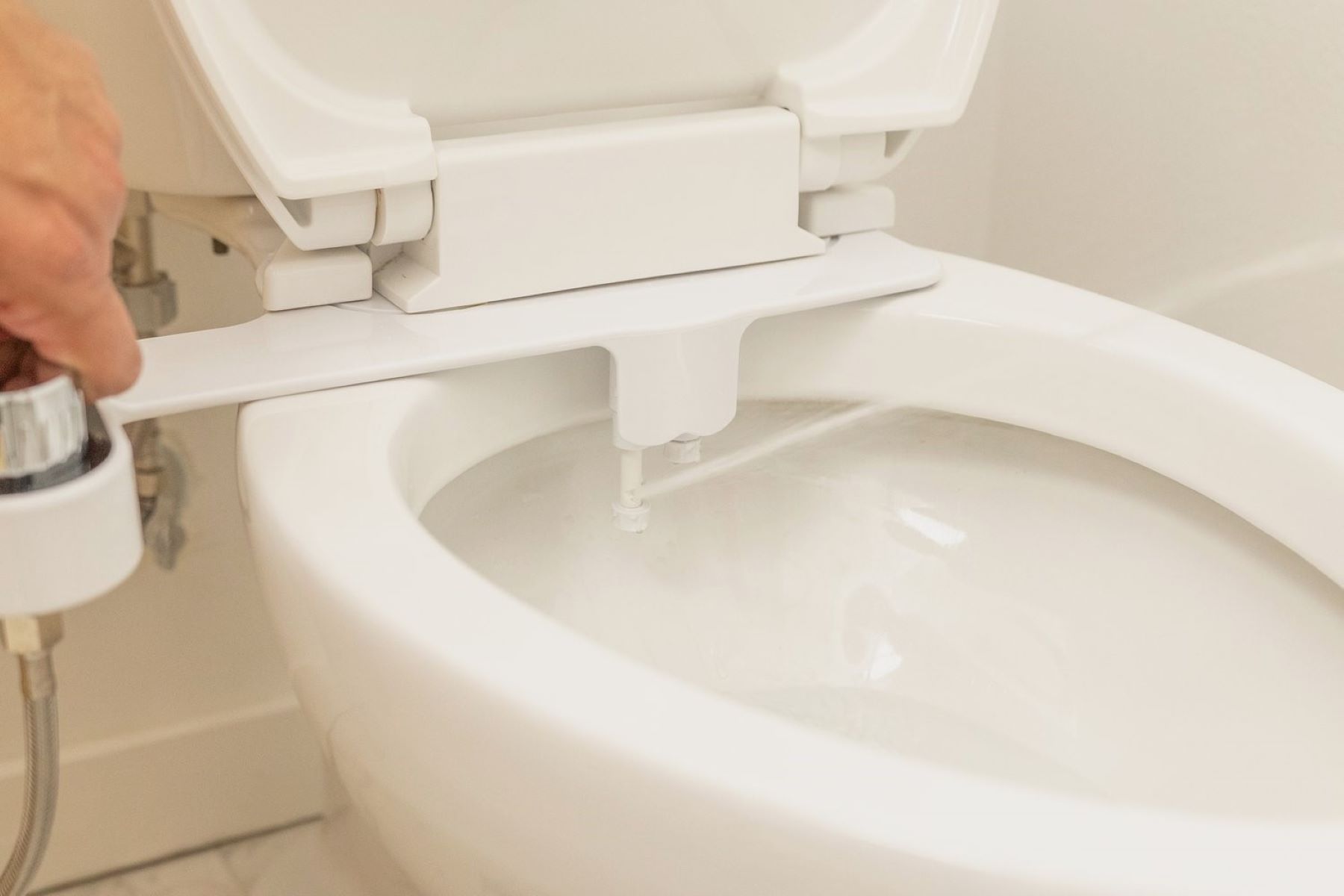
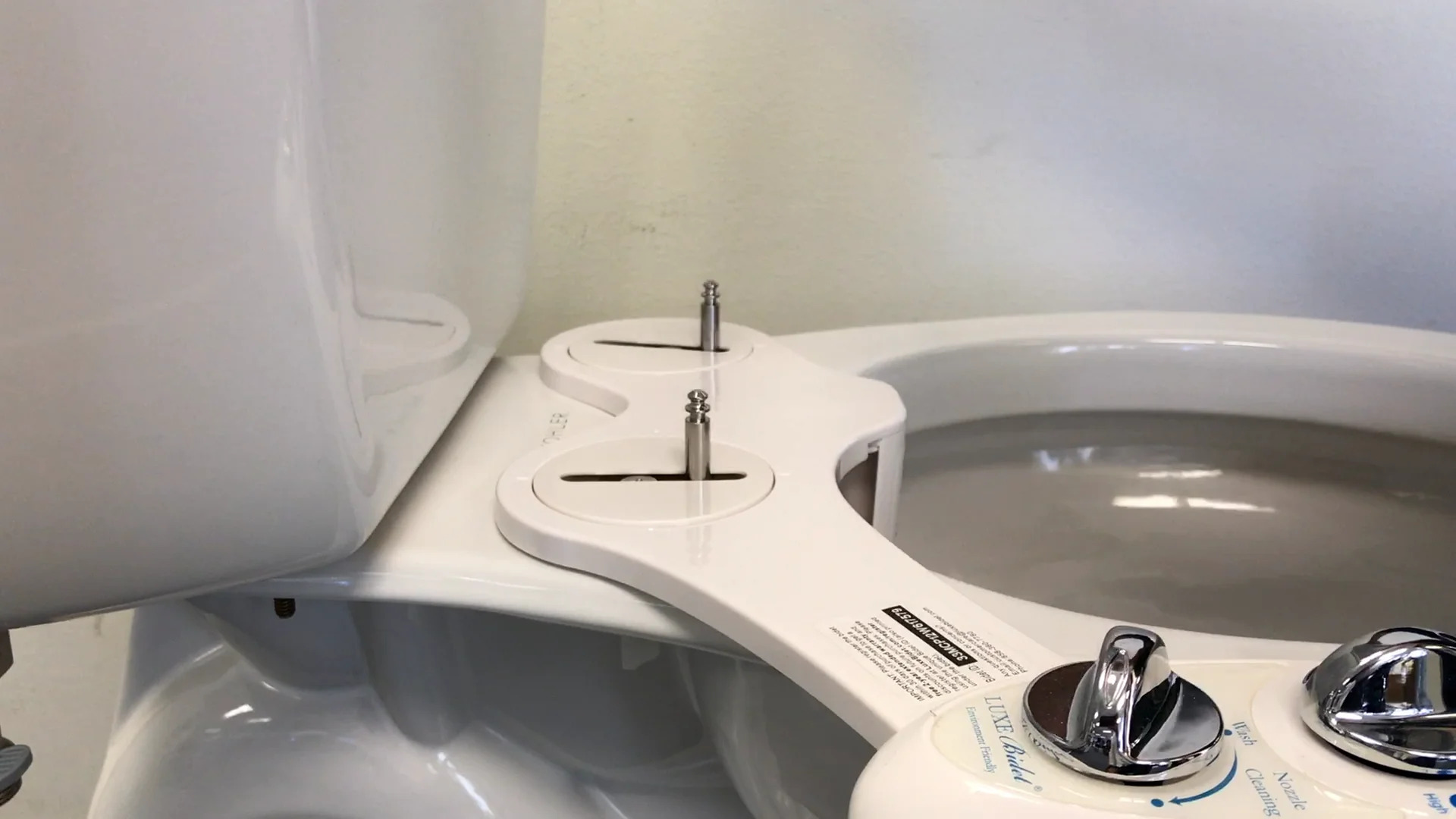
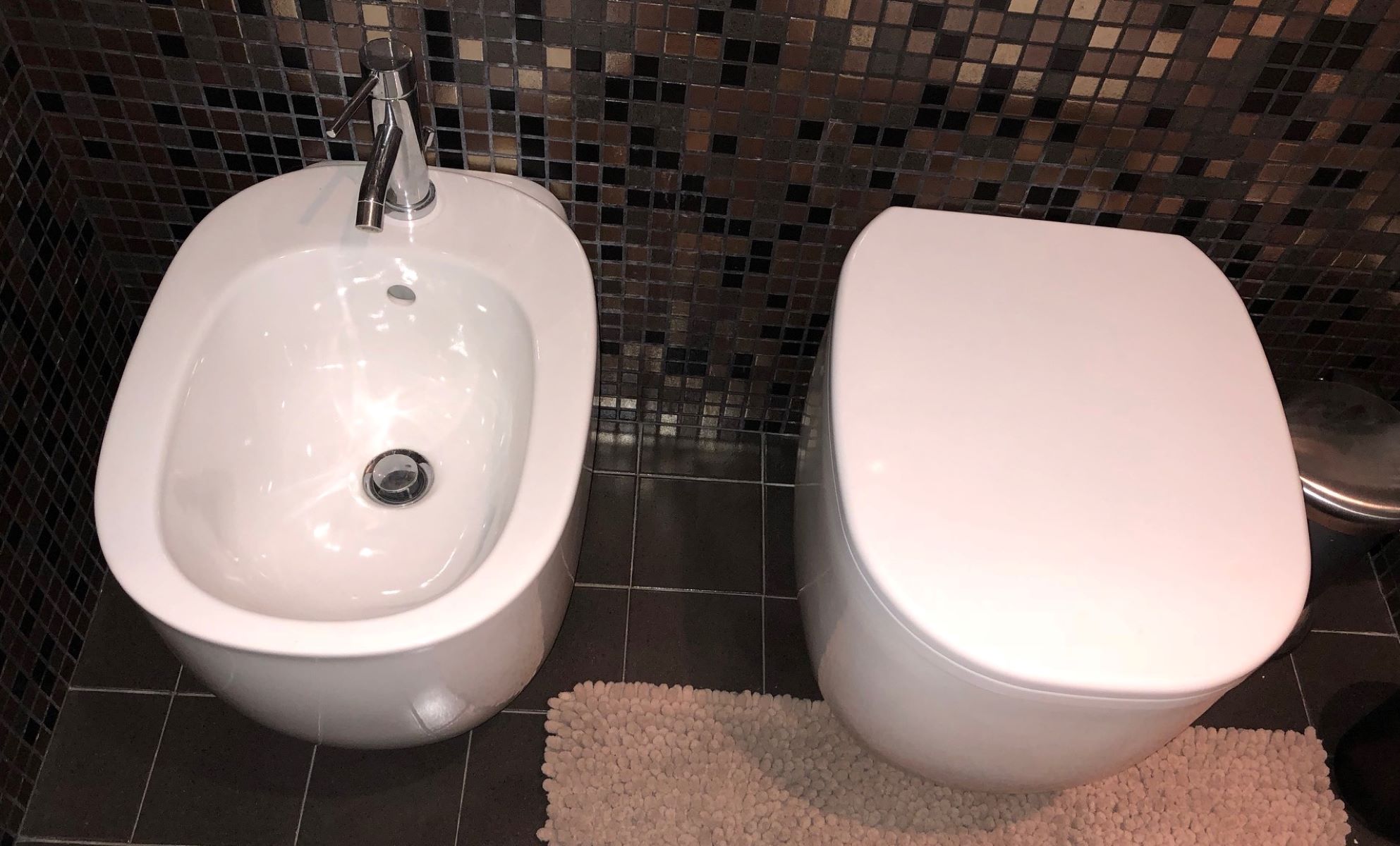
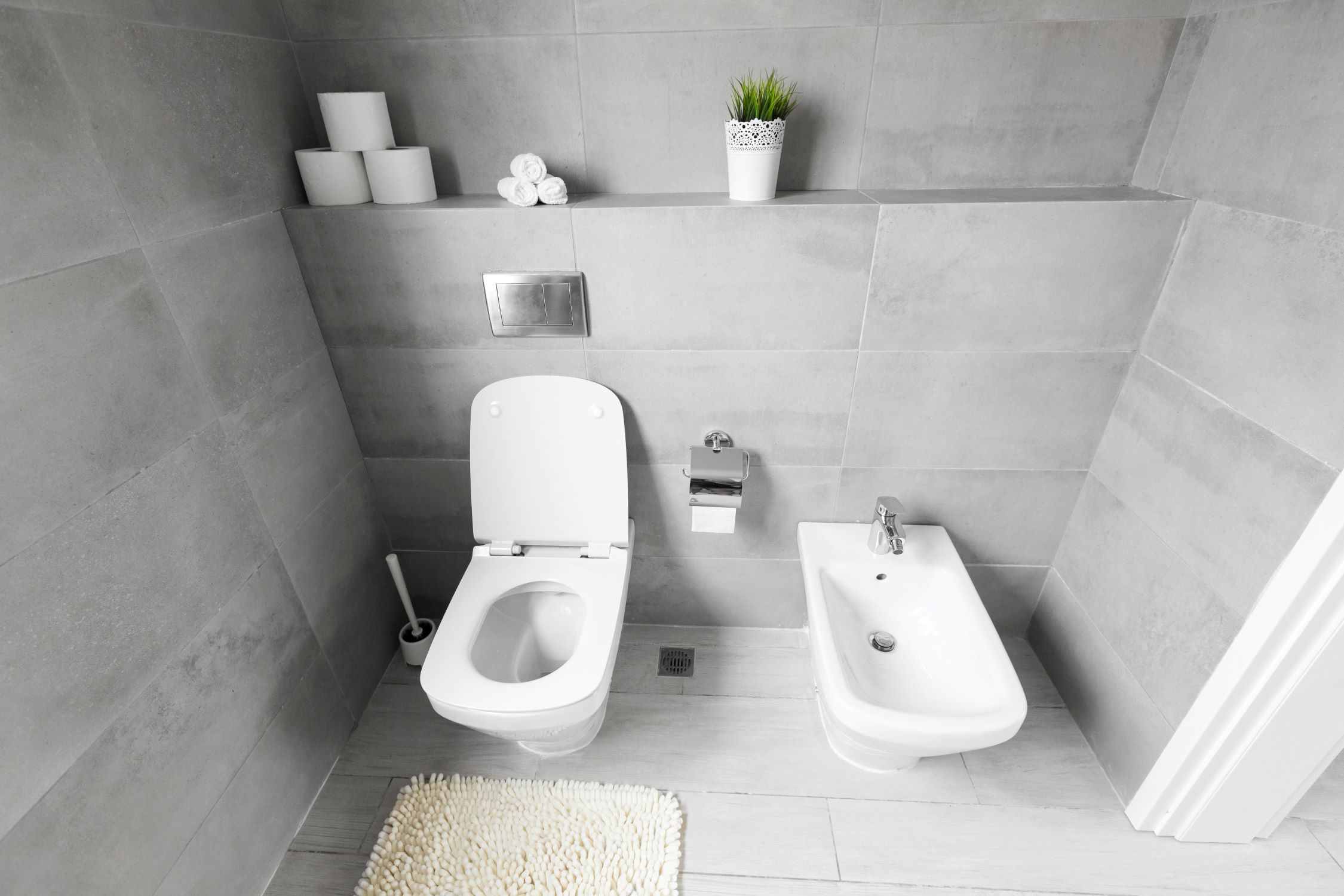
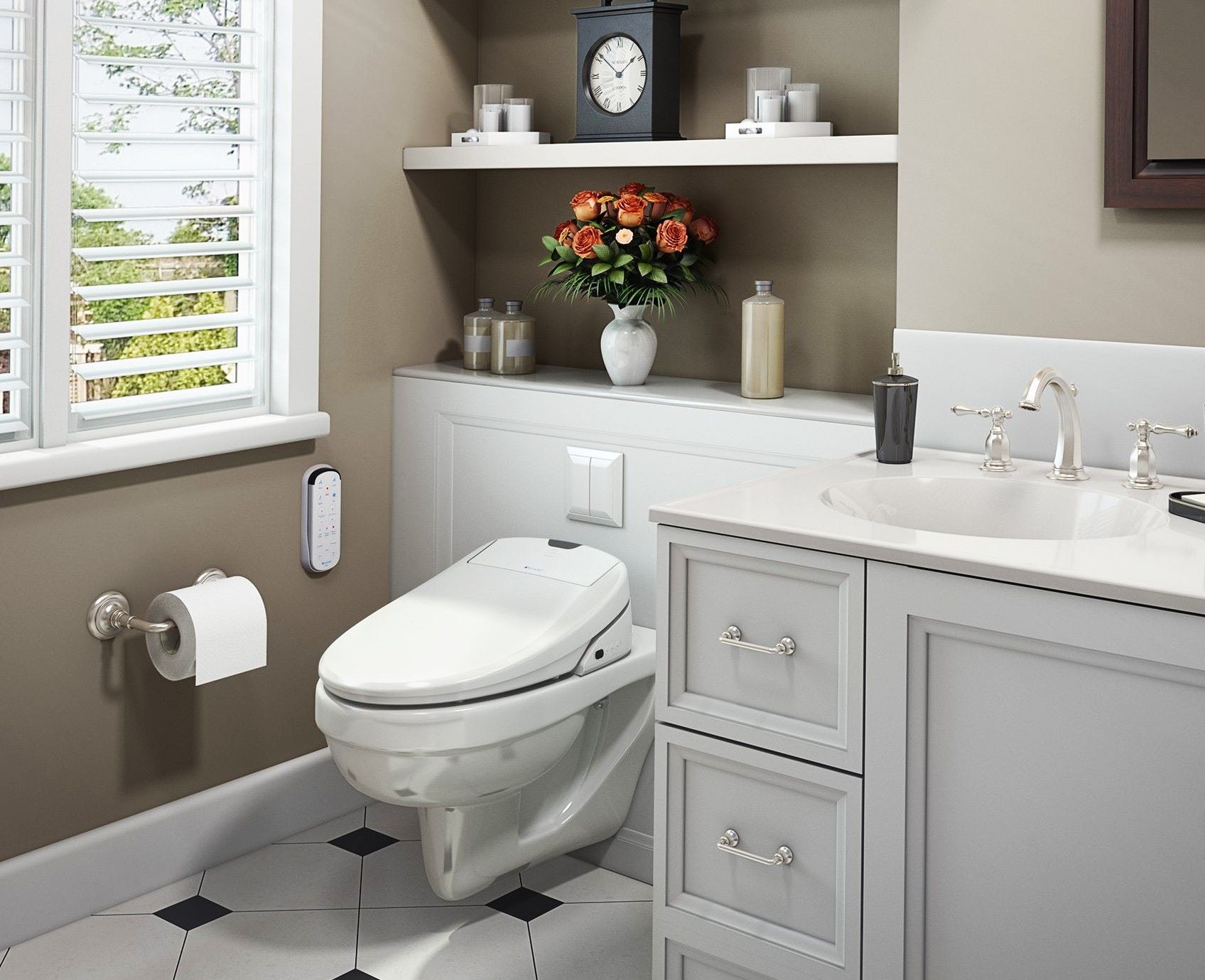
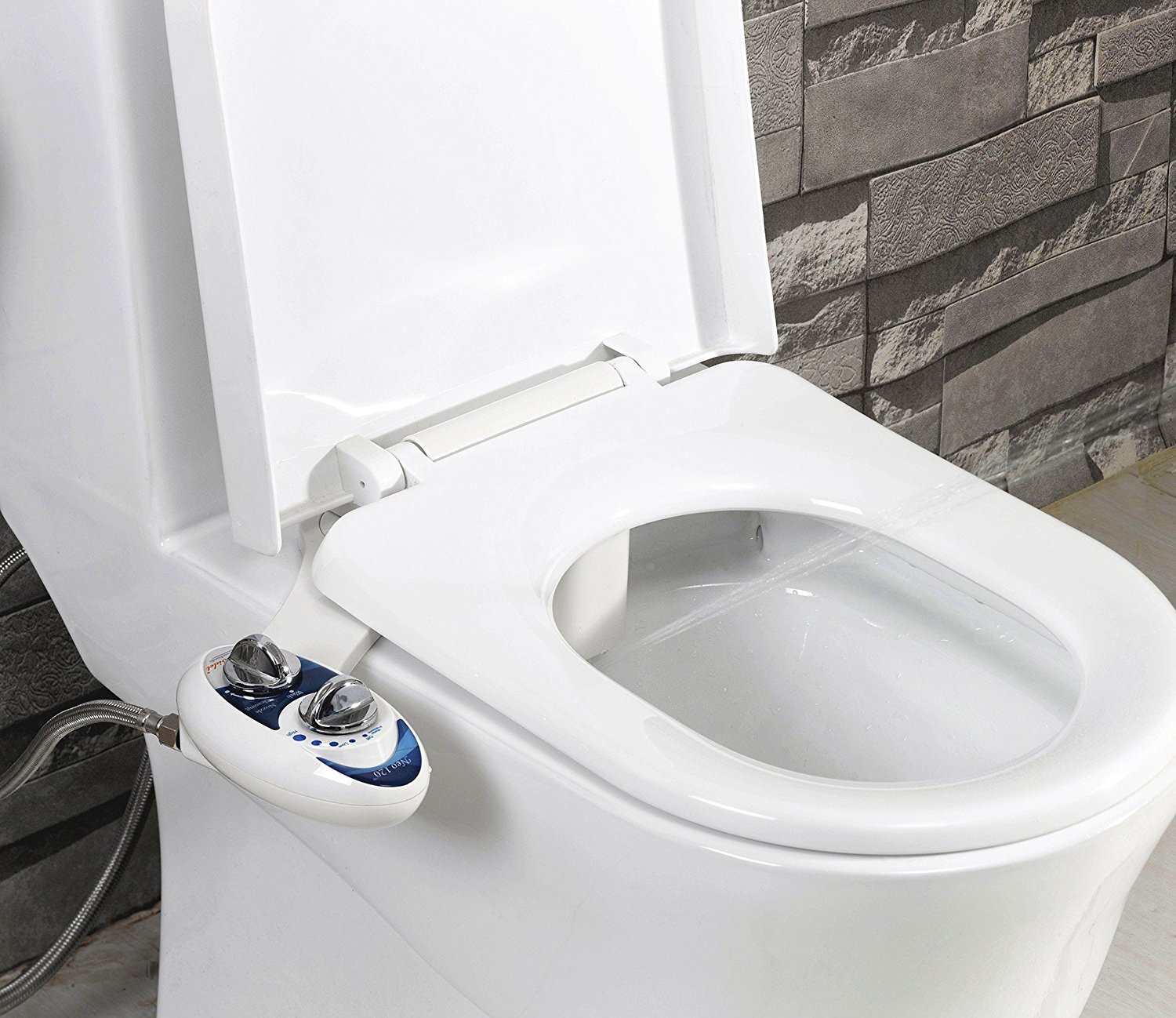
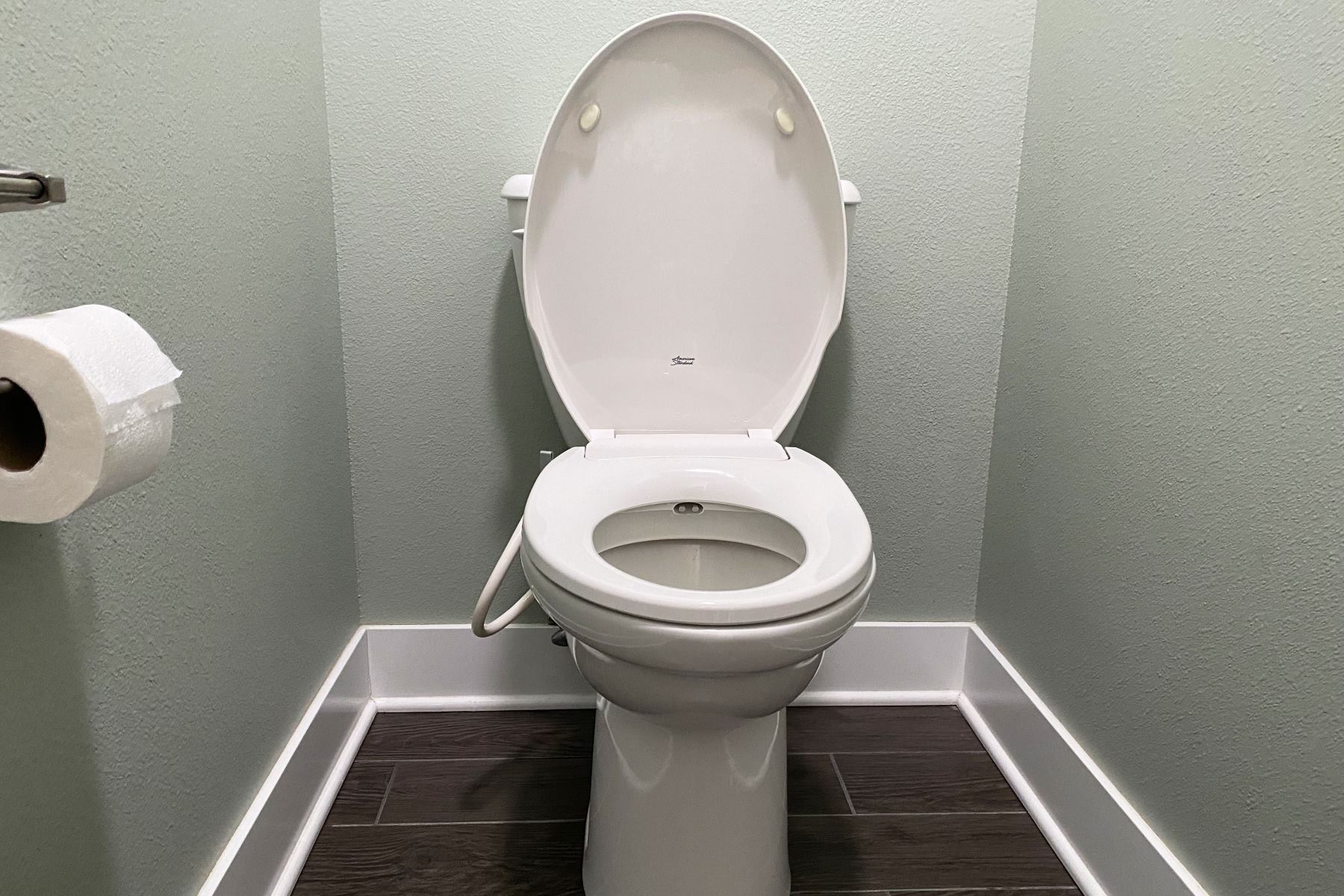
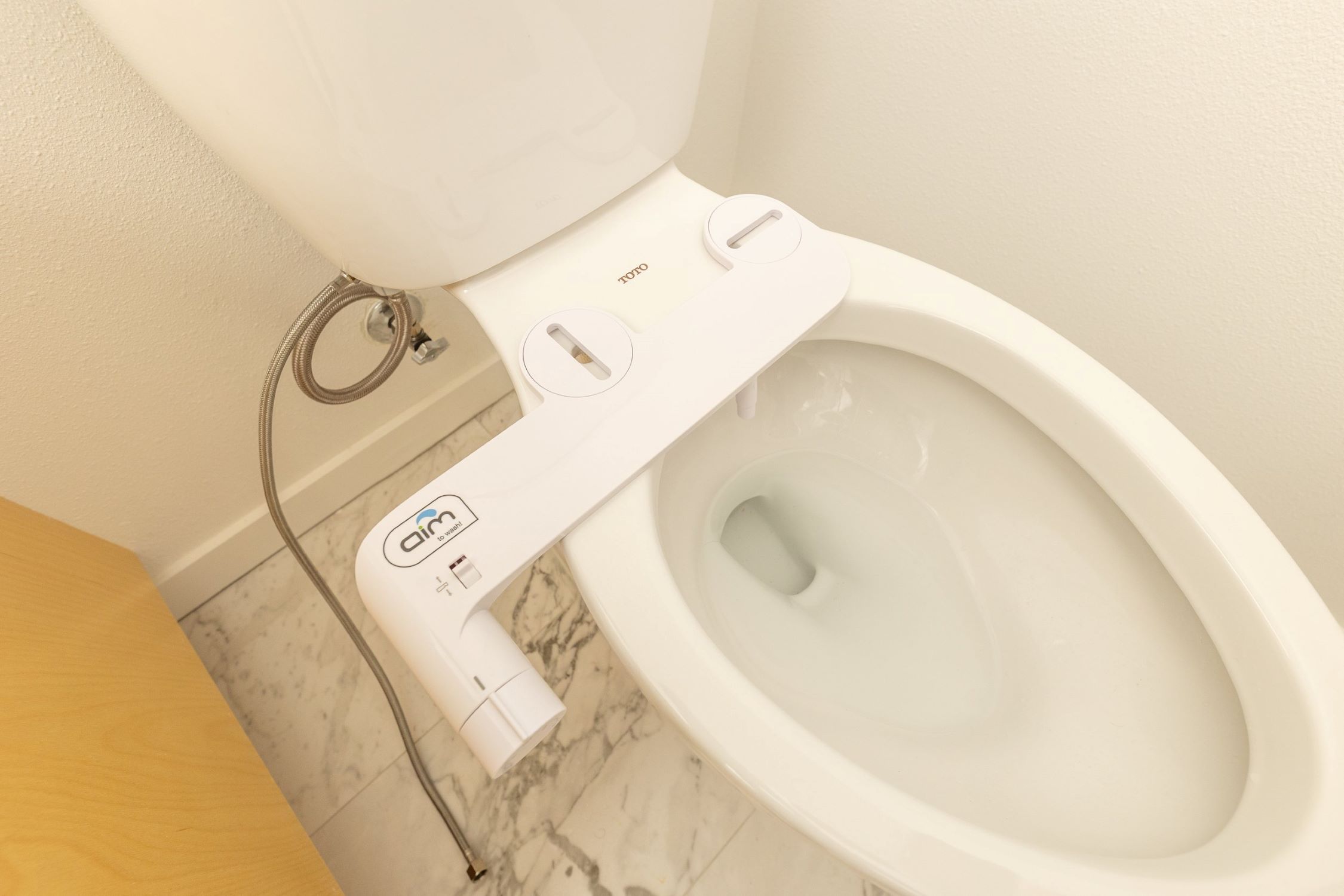
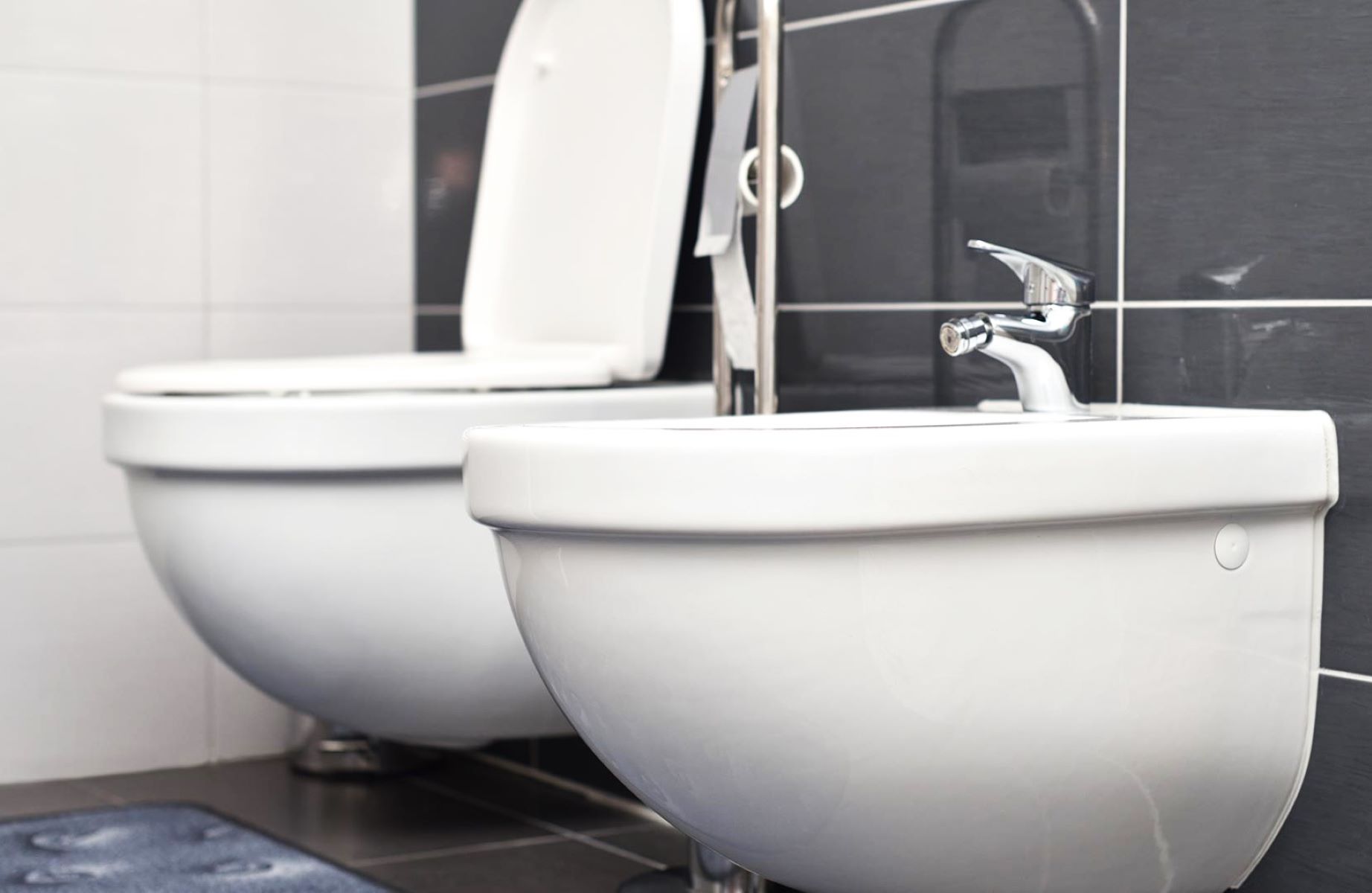
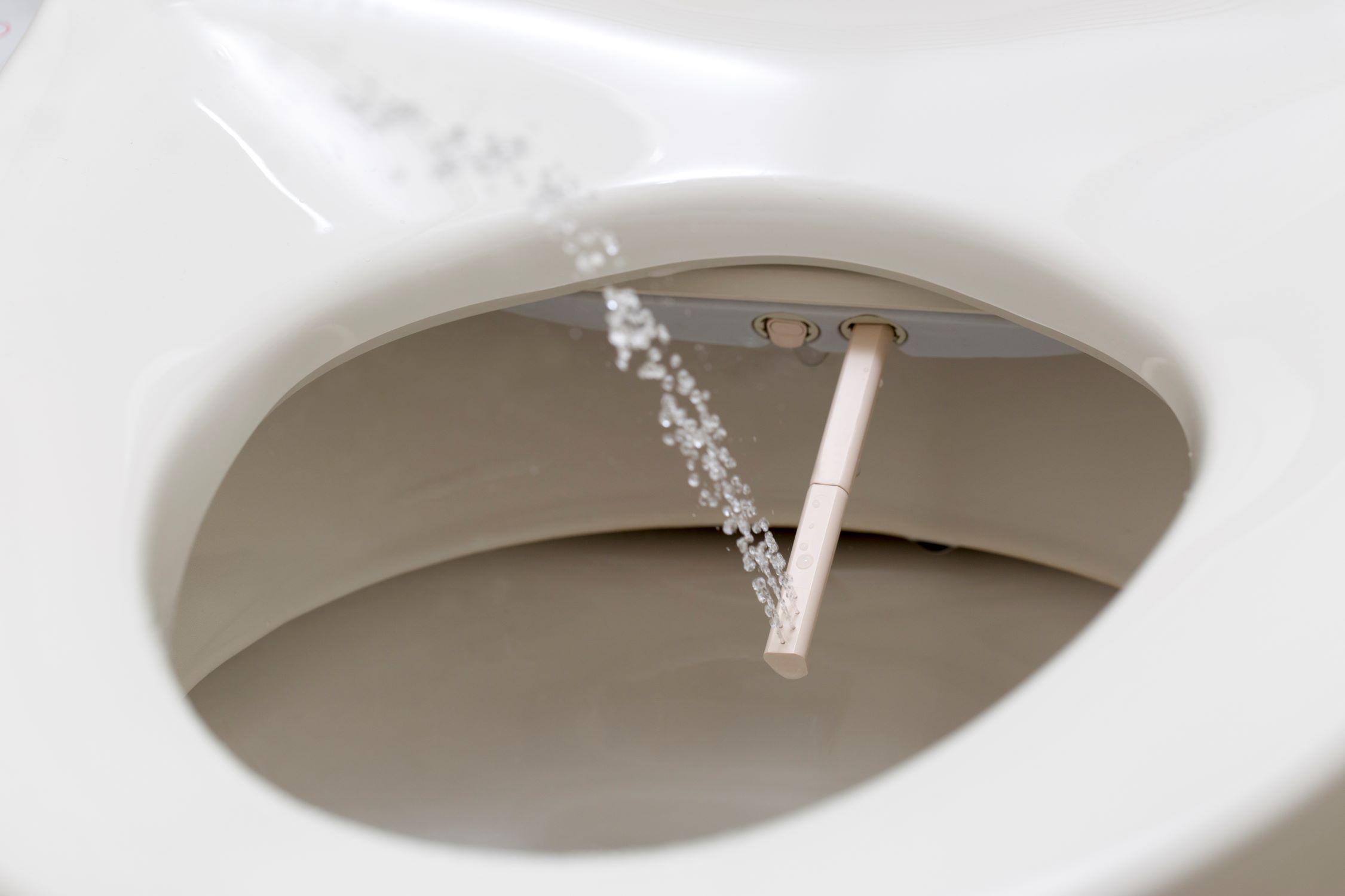
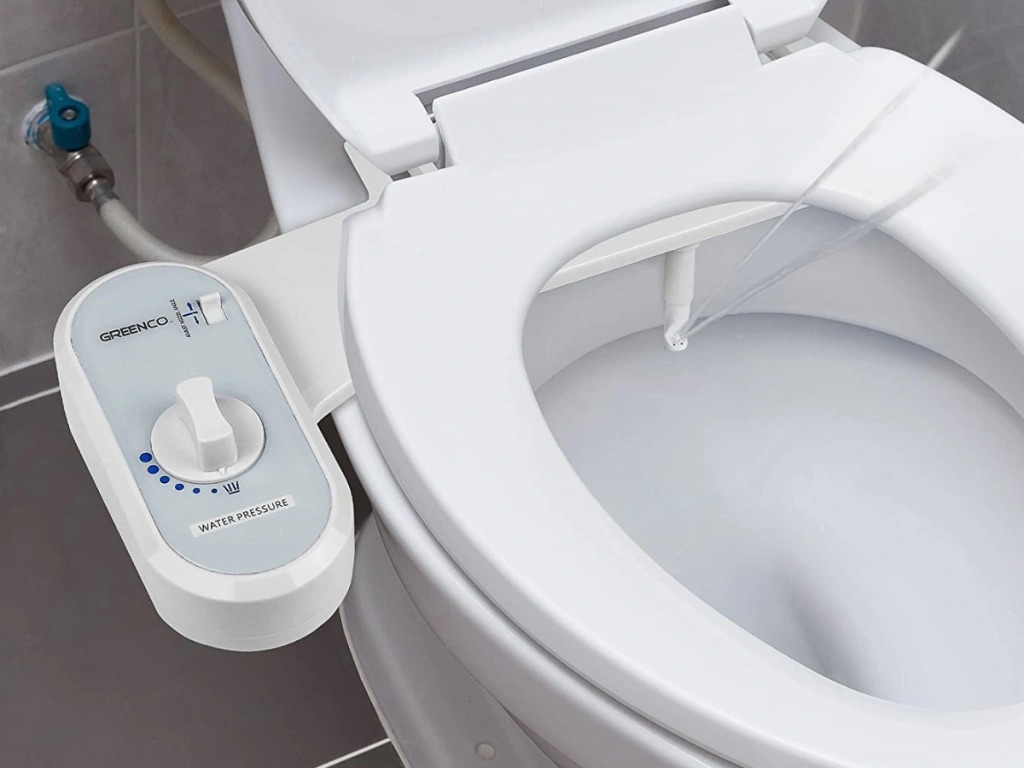
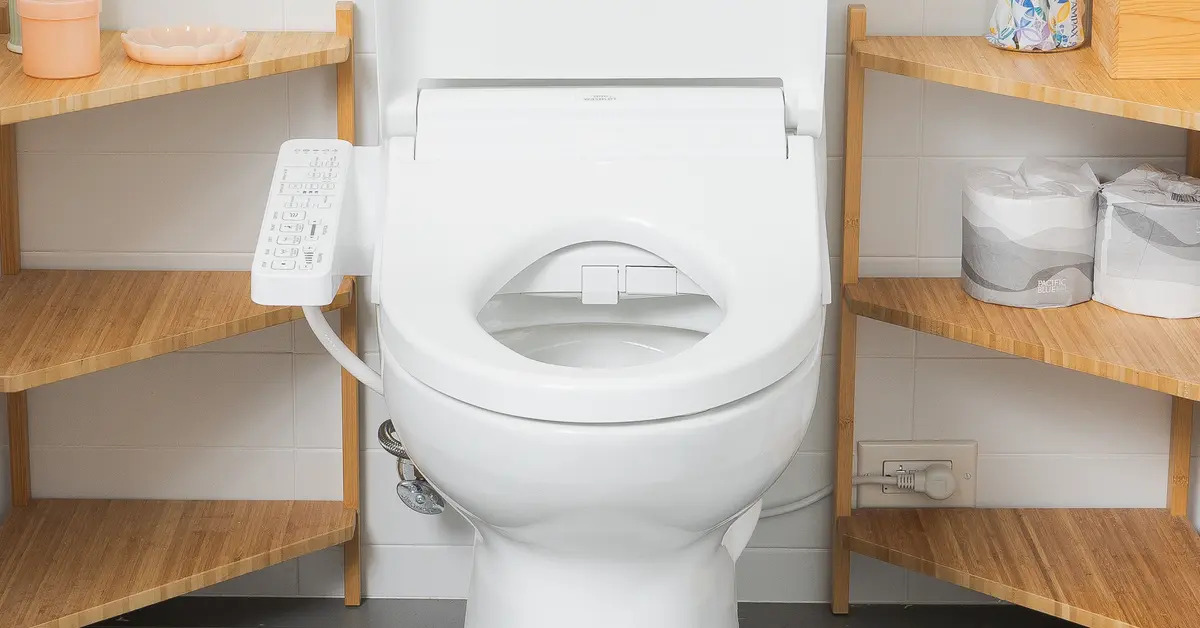
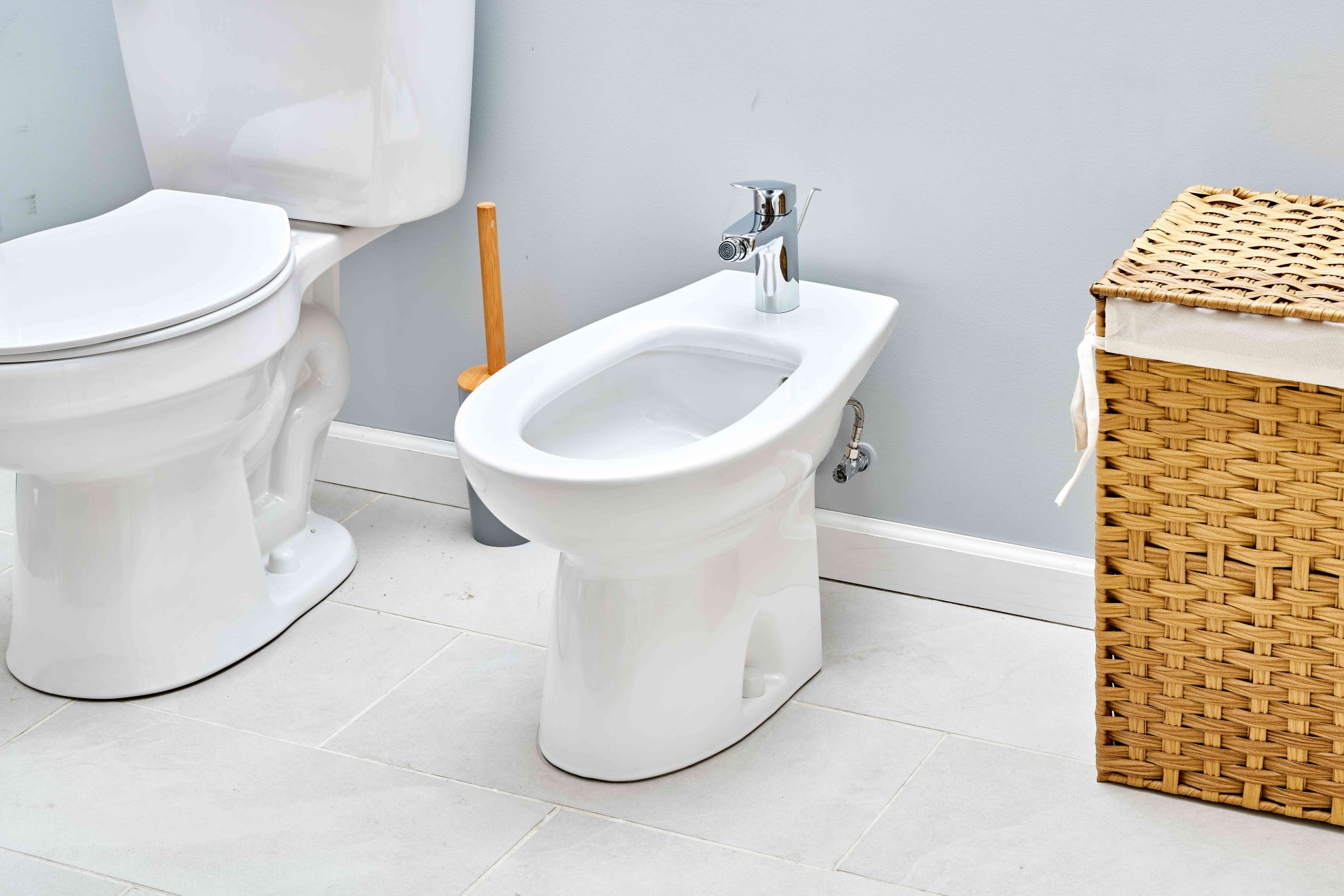
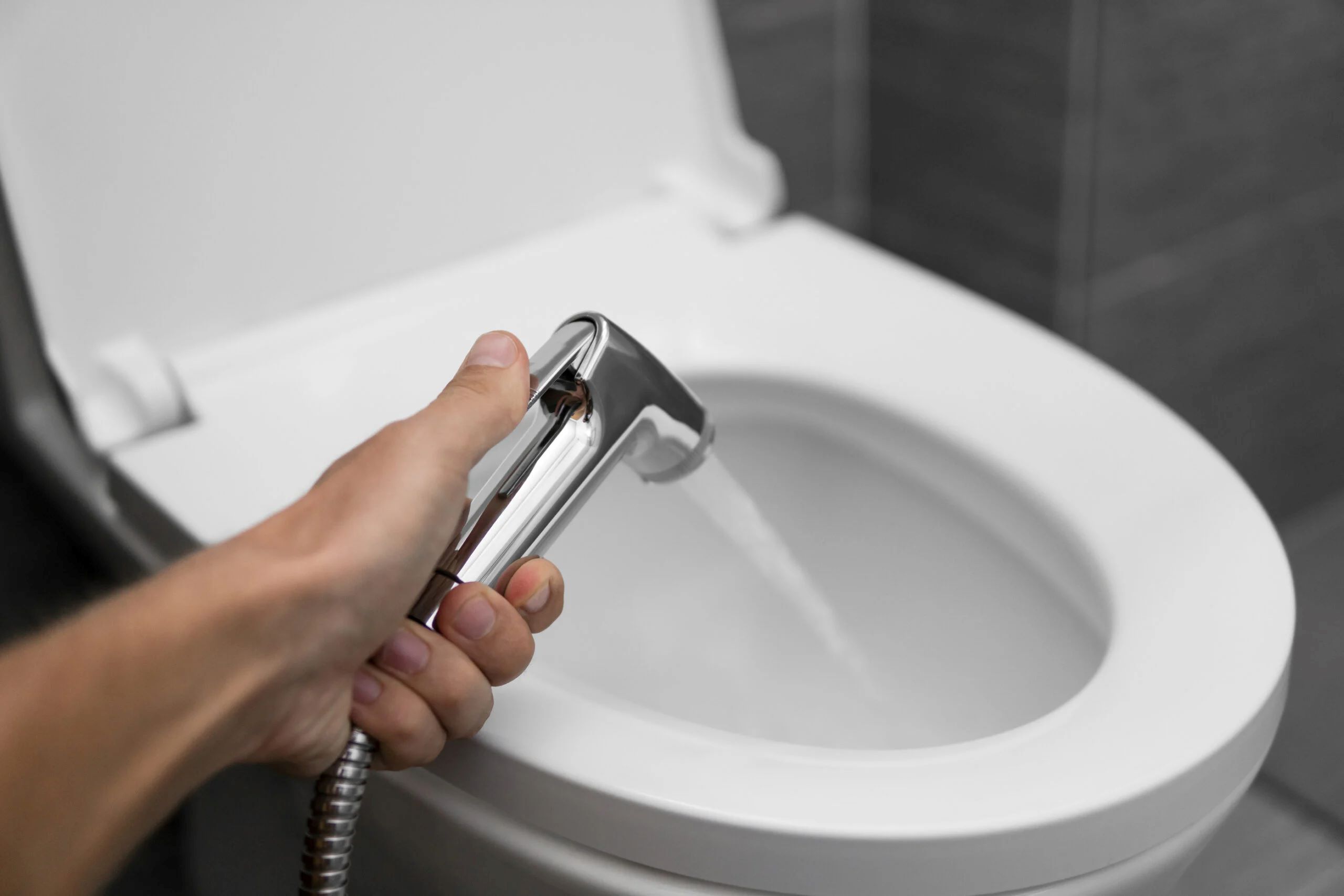

0 thoughts on “How To Use A Bidet Toilet”